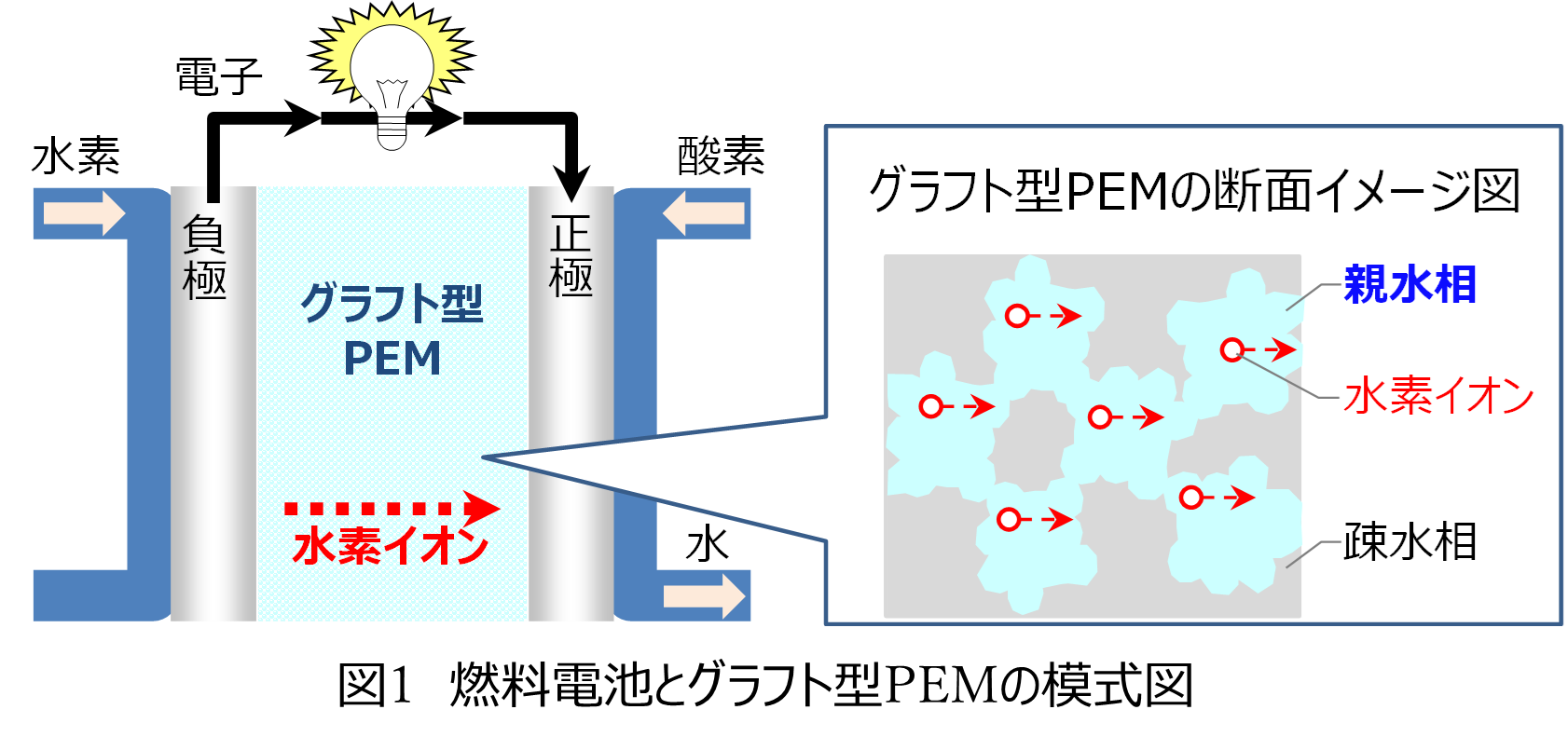この発見は、次世代のフレキシブル・ウェアラブルやバイオセンサーへの新たな道を開くものでもある The finding also opens up new avenues for next-generation flexible wearables and biosensors
2022-08-02 フィンランド・アールト大学
スケーラビリティやバッチごとに均一な製品を得ることが難しいという問題のいくつかを克服する大規模な2次元単層膜を作製することに成功した。
この膜は機械的に堅牢であり、目的の用途に応じたあらゆる基板に転写することができる。
研究チームは、日常的に使用されるナノ粒子とは異なり、分子構造が正確に定義された銀ナノ粒子を使用した。巨視的な膜は、自己組織化法を用いて作製された。
この膜は弾性的な挙動を示すので、例えば、ウェアラブルエレクトロニクスやディスプレイのフレキシブルなトランジスタやメモリーデバイスに応用できる可能性がある。
<関連情報>
- https://www.aalto.fi/en/news/new-nanoparticle-based-material-could-help-detect-antibiotics-in-water
- https://onlinelibrary.wiley.com/doi/10.1002/smll.202201707
水素結合を利用した原子レベルの精密ナノクラスターの自己組織化による強靭で弾性的な膜の実現 Strong and Elastic Membranes via Hydrogen Bonding Directed Self-Assembly of Atomically Precise Nanoclusters
Anirban Som,Alessandra Griffo,Indranath Chakraborty,Hendrik Hähl,Biswajit Mondal,Amrita Chakraborty,Karin Jacobs,Päivi Laaksonen,Olli Ikkala,Thalappil Pradeep,Nonappa
Small Published: 01 August 2022
DOI:https://doi.org/10.1002/smll.202201707

Abstract
2D nanomaterials have provided an extraordinary palette of mechanical, electrical, optical, and catalytic properties. Ultrathin 2D nanomaterials are classically produced via exfoliation, delamination, deposition, or advanced synthesis methods using a handful of starting materials. Thus, there is a need to explore more generic avenues to expand the feasibility to the next generation 2D materials beyond atomic and molecular-level covalent networks. In this context, self-assembly of atomically precise noble nanoclusters can, in principle, suggest modular approaches for new generation 2D materials, provided that the ligand engineering allows symmetry breaking and directional internanoparticle interactions. Here the self-assembly of silver nanoclusters (NCs) capped with p-mercaptobenzoic acid ligands (Na4Ag44–pMBA30) into large-area freestanding membranes by trapping the NCs in a transient solvent layer at air–solvent interfaces is demonstrated. The patchy distribution of ligand bundles facilitates symmetry breaking and preferential intralayer hydrogen bondings resulting in strong and elastic membranes. The membranes with Young’s modulus of 14.5 ± 0.2 GPa can readily be transferred to different substrates. The assemblies allow detection of Raman active antibiotic molecules with high reproducibility without any need for substrate pretreatment.



